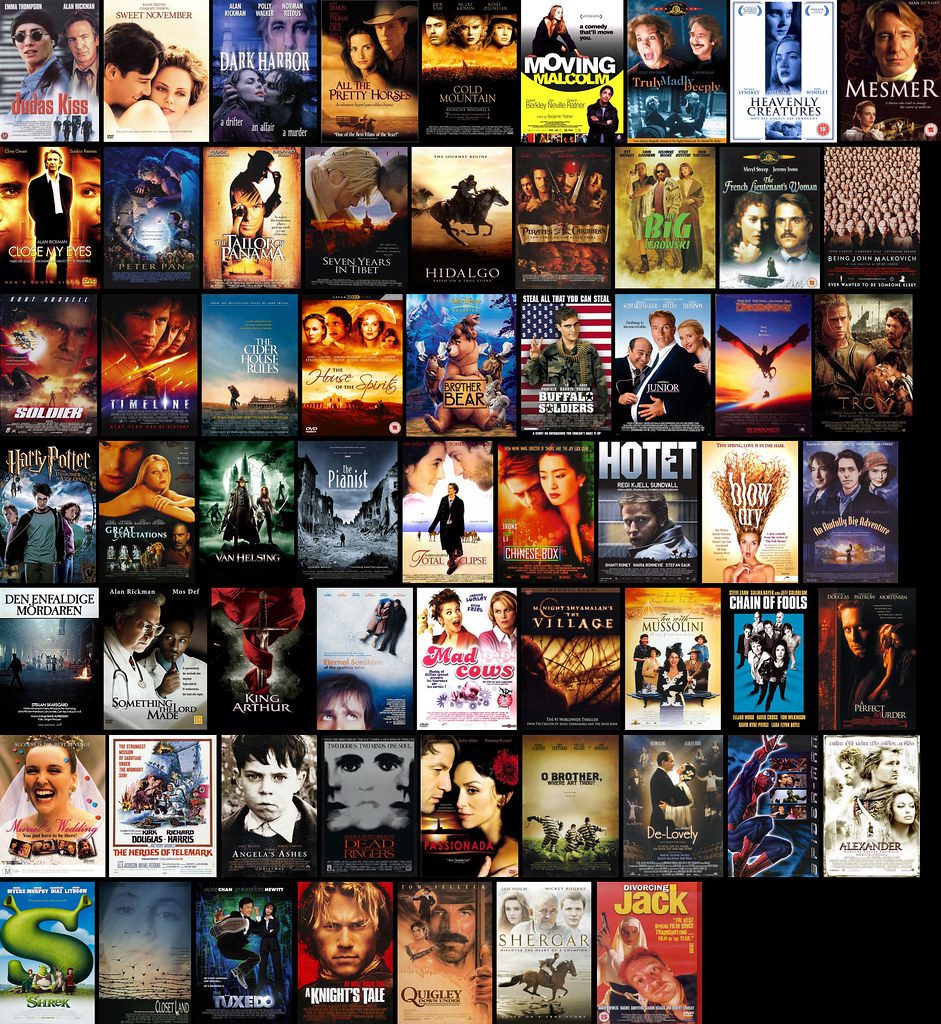Rise by Six: Your Daily Dose of Inspiration
Explore insights and stories that elevate your day.
Cinematic Time Capsules That Transport You Anywhere
Discover cinematic time capsules that whisk you away to thrilling destinations and unforgettable moments. Dive in and explore today!
Exploring the Art of Cinematic Time Capsules: How Films Transport Us Across Time and Space
Exploring the Art of Cinematic Time Capsules invites us to delve into the unique ability of films to act as vivid time machines, transporting audiences across different eras and worlds. Through meticulously crafted narratives, cinematography, and sound design, filmmakers encapsulate distinct moments in history, allowing viewers to experience the sensations, emotions, and cultures of various times and places. When we watch a period drama or a futuristic sci-fi epic, we are not merely spectators; we are time travelers, immersed in rich cinematic experiences that resonate long after the credits roll.
Cinematic time capsules also evoke nostalgia, serving as a window into the past for viewers who yearn to reconnect with lost moments of their lives or to gain insight into the experiences of others. Consider films that successfully transport us to pivotal historical events or cherished childhood memories; these narratives, infused with authenticity, not only educate but also foster empathy. In this ever-evolving art form, filmmakers utilize various techniques, such as intertextuality and nonlinear storytelling, to create multidimensional experiences that transcend mere entertainment, ultimately leaving a lasting impact on our consciousness.

Top 10 Movies That Serve as Time Capsules of Their Era
Movies have an incredible ability to encapsulate the zeitgeist of their time, reflecting the cultural, political, and social climates in which they were created. The Top 10 Movies That Serve as Time Capsules of Their Era range from iconic classics to groundbreaking modern films that define their respective decades. For instance, films like “The Graduate” (1967) powerfully illustrate the disillusionment of the youth during the tumultuous 1960s, encapsulating the countercultural movements of the period. Similarly, “Blaxploitation” cinema of the 1970s, with titles like “Sweet Sweetback's Baadasssss Song”, not only entertained audiences but also highlighted the struggles and aspirations of African Americans, providing a raw, unfiltered view of urban life at the time.
As we dive deeper into this list, we can observe how films like “The Breakfast Club” (1985) and “Clueless” (1995) serve as poignant reflections of teenage life and societal expectations within their eras. The portrayal of high school culture in these films offers a nostalgic glimpse into the pressures and dynamics of adolescence that have evolved over the decades. Likewise, contemporary movies such as “Get Out” (2017) tackle pressing social issues, acting as a mirror to current societal tensions and conversations surrounding race and identity. Each of these films not only entertains but also provokes thought, making them essential viewing for anyone looking to understand the historical context of their time.
What Makes a Film a Perfect Time Capsule? Unpacking the Elements
Creating a perfect time capsule in film involves a rich tapestry of elements that encapsulate the essence of a particular era. The first critical component is authentic representation, where the film accurately captures the social, political, and cultural landscape of the time it depicts. This includes not just the dialogue but also the fashion, music, and technology showcased within the story. A film that successfully integrates these aspects allows viewers to experience a slice of history, making it a valuable artifact for future generations.
In addition to authenticity, emotional resonance plays a significant role in making a film a perfect time capsule. The narratives should evoke feelings that transcend time, allowing audiences to connect with the characters' experiences. Universal themes such as love, loss, and resilience resonate across generations, making a film timeless. Moreover, strong cinematographic techniques, including color palettes and sound design, can enhance the nostalgic feeling, creating a cinematic experience that feels both familiar and fresh, further cementing its place as a historical reference.